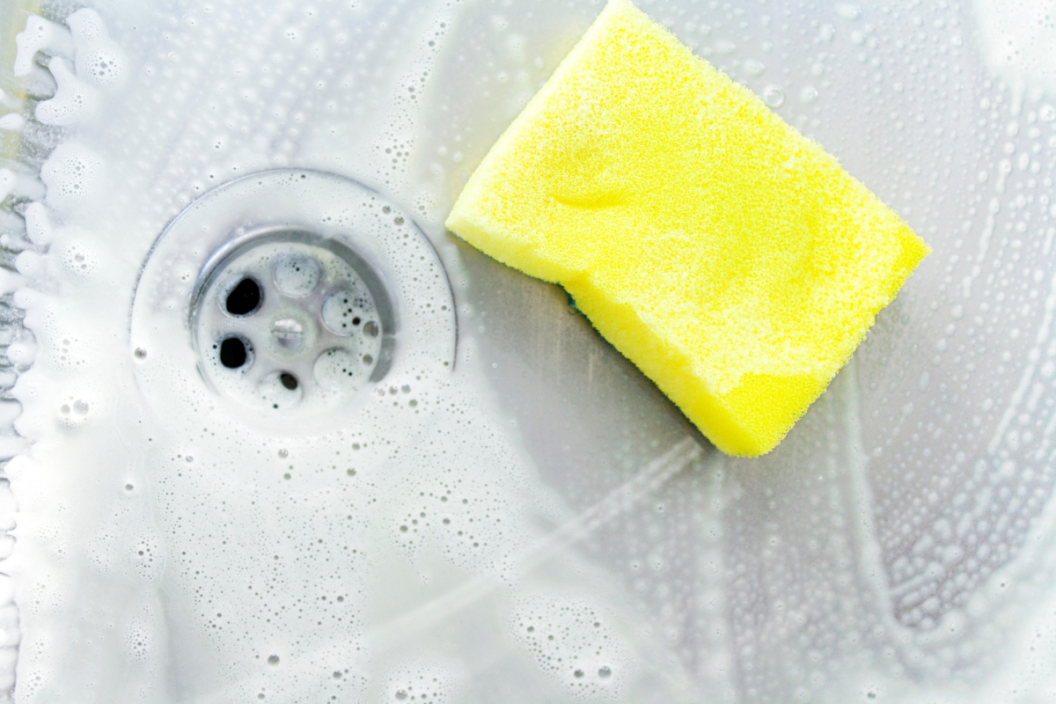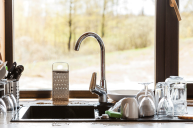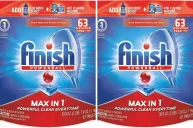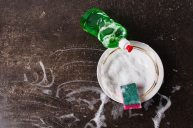We've been told that microwaving a kitchen sponge is the right way to kill germs after you clean up, but it turns out that's not the best way for disinfecting sponges. The Good Housekeeping Institute worked with the EMSL Analytical testing lab in Westmont, New Jersey, to test how to clean a sponge while killing the bacteria every kitchen or dish sponge picks up in daily use. Spoiler alert: Some new research says bleach is the answer.
Videos by Wide Open Country
The test covered four methods for how to clean a sponge: Soaking in diluted bleach, heating in a microwave, running through a dishwasher cycle, and soaking the sponge in vinegar. The test with bleach showed that "the bleach solution killed 99.9 percent of the three bacteria strains from the test sponges (scrub and regular cellulose)."
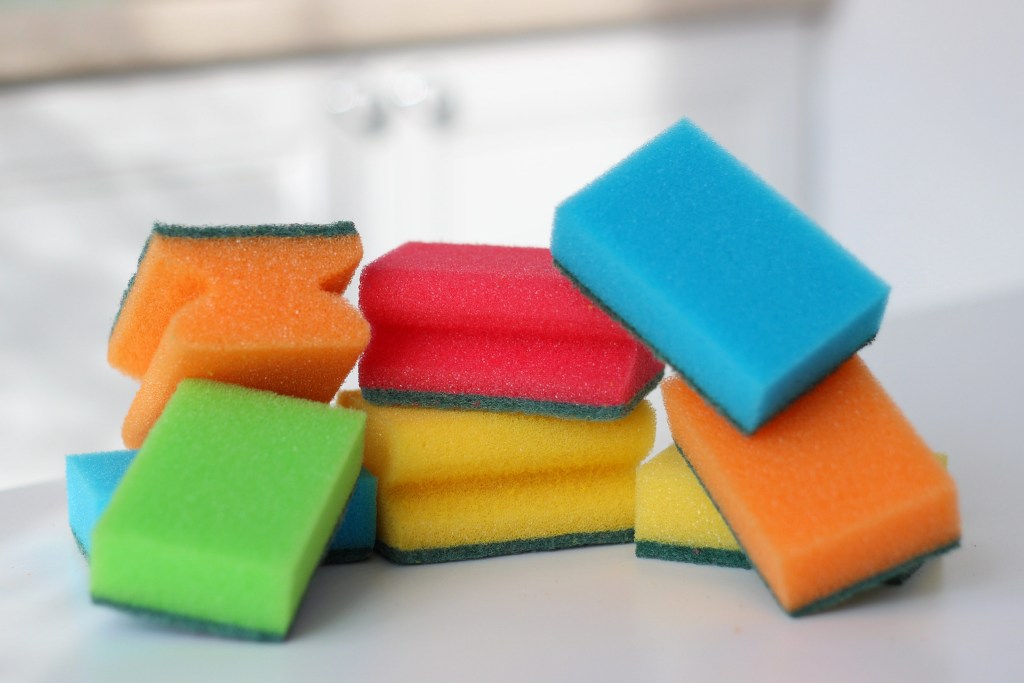
[embed_rec0mmendations]
They recommend soaking the sponge for five minutes in a mixture of 3/4 cup of bleach with a gallon of water. (Eco-friendly note: A gallon of water is a lot to soak a sponge in, so if you only have one sponge, soaking in a less liquid, same-ratio mix also works. The Michigan State University Extension program recommends one-quarter to one-half of a teaspoon of concentrated bleach per quart of water. This is a good way to avoid using excess water when sanitizing your sponge.
Heating a sponge in the microwave will kill 99.9 percent of germs. For this method, saturate the sponge in water first, then zap the wet sponge in the microwave. This works much better than with a dry sponge. For scrub sponges, heat it on high for one minute; for cellulose sponges, make it two minutes. Double check and make sure your sponge does not contain any metal, because metal in the microwave is, of course, bad. And let the sponge cool a bit before you take it out of the microwave; it will be hot enough to burn skin if you're not careful.
Running the sponge as part of a dishwasher load is another way to kill bacteria, getting rid of 99.9 percent of germs. If you're going to use the dishwasher method, it should be on the heated dry cycle setting to get the germ-killing benefit.
Last on the list of how to clean a sponge is vinegar. It's also the least effective method, though it still kills 99.6 percent of bacteria, so in a pinch, a five-minute soak in plain, full strength white vinegar works.
Any of these cleaning methods only work for so long, though. You use your sponge to clean dishes, countertops, messes, and the kitchen sink, so you definitely want a clean kitchen sponge. In fact, a dirty kitchen sponge can contain harmful bacteria like E. coli and salmonella, and has been shown to contain more active bacteria than the toilet.
To make sure you're not using a germy cleaning tool full of food particles and bacteria, clean your sponges once a week, then toss dirty sponges every two or three weeks and replace with a new, clean sponge.
These cleaning methods work on sponges engaged in regular kitchen use. To clean up counters after working with raw meat or seafood, you might skip the sponge and use paper towels instead.
This post was originally published on July 26, 2018.
